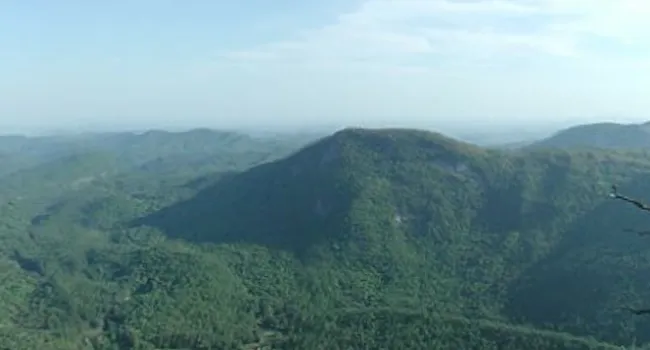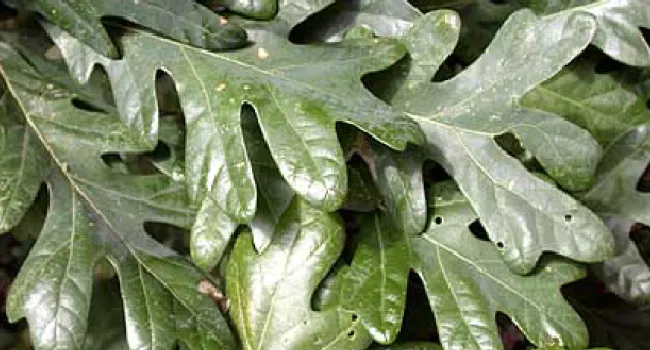
Santee National Wildlife Refuge (S.C.) Stop 5
Episode
6
Video
Cuddo Unit is a great place for birders, and people who just want to enjoy the nature in the area. Pond cypress trees with Spanish Moss dominate the area, along with Ash trees and willows. On the...







